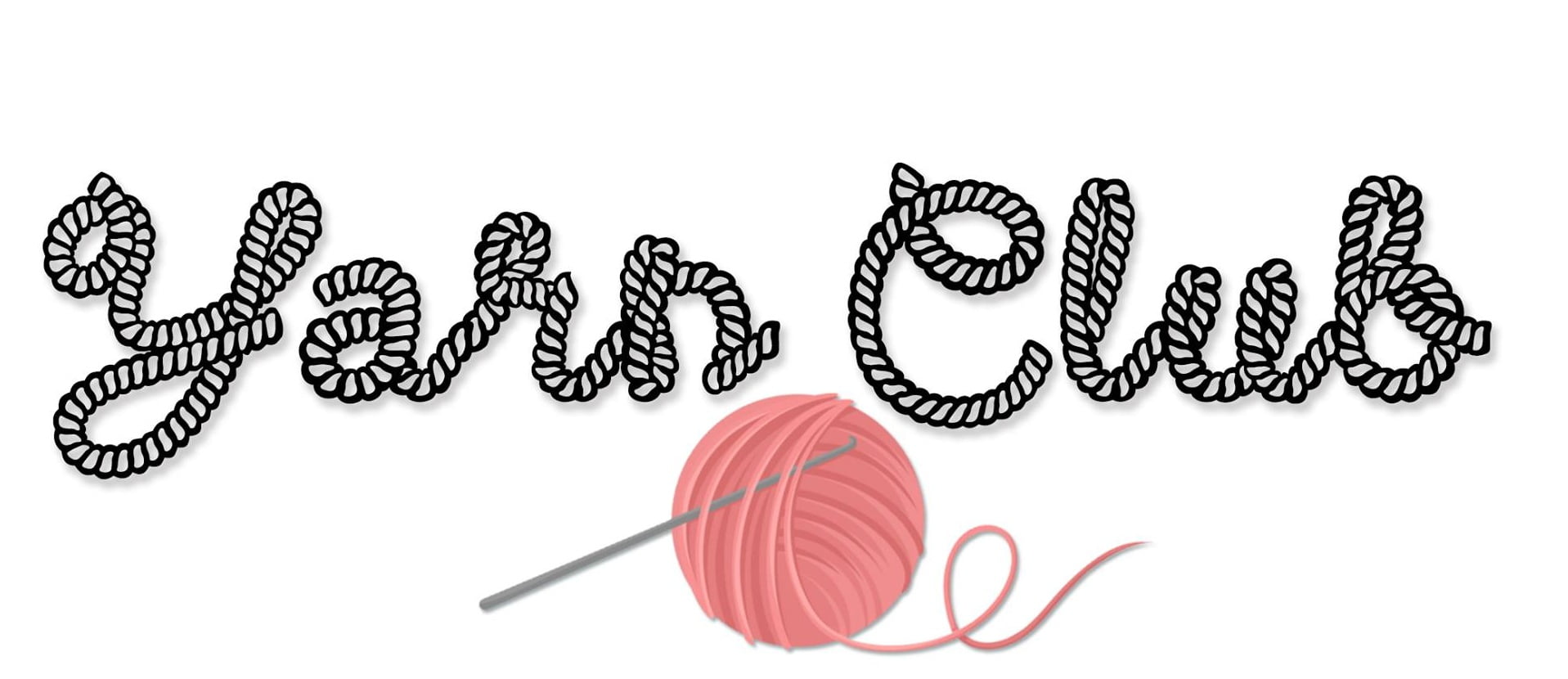Yarn Sizes
Yarn weight refers to the thickness of the strands rather than the actual weight of the ball and is measured in ply. Getting the correct weight for your projects is vitally important if you want your project to come out the right size. Once you are more experienced you may be able to use a slightly different yarn weight and adjust your size by using a different hook. However for beginners I highly recommend using the weight of the yarn specified in your pattern. It doesn’t necessarily have to be the exact same yarn however yarn weights can vary slightly between brands.
It’s easy to know what hook or needle size to use with your yarn: your pattern will tell you or your yarn label will tell you.

Yarn Types
The main types of yarn you will come across are Cotton, Acrylic and Wool. You can get yarn that is 100% of each or a blend.
Wool
Sheeps wool is a very common wool which is breathable and warm. It makes wonderful cosy jumpers or heavy blankets and can come in many different varieties. You can also get wool from other animals such as alpaca, merino or mohair. Each of these vary greatly in price and you can get many different luxurious blends.
Cotton
Cotton yarn is one of the most popular types of yarn, it is relatively affordable and is natural and breathable. Often cotton is great for baby projects as it is wonderful for sensitive skin. This yarn tends to be lovely and soft but sometimes people find it splits easier than other fibres. You can also get other plant fibres such as linen or bamboo yarn but these will vary more in price.
Acrylic
Acrylic yarn is the most affordable yarn so you will probably find it is most used. It lacks some of the breathable and stretchy features of natural fibres but it makes up for it by being hard wearing and easy to care for. You can also get other synthetic fibres such as nylon or polyester.
How to Read a Yarn Label
Reading your yarn label will be the most important part of choosing your yarn, other than colour and squishiness of course! This is where we will find important information such as:
1. Care instructions (the one with a square around it, the arrows refers to the following:)
- Washing instructions
- Ironing instructions
- Bleaching instructions
- Dry cleaning instructions
- Drying instructions

The 5 above instructions are read much the same as clothing labels and can greatly help you decide if it’s appropriate for your project. For example, you don’t want a hand wash only dry flat baby blanket, however for a doily or a shawl it is much more appropriate.
Next you should find (with circles around them) :
- Needle size
- Guage (patterns come with a gauge to be sure your project is the right size, you should always do your own gauge swatch though to account for your own tension)
- Fibre type (always best to stick with the type recommended by the pattern)
- Length (patterns usually have a yardage to help you work out how much you need to buy)
- Weight
- Yarn Weight
- Colour and dye lot (use the same dye lot to guarantee a colour match)
With this information you can discover which hooks or needles you should be using and how many balls of the yarn you will need.
